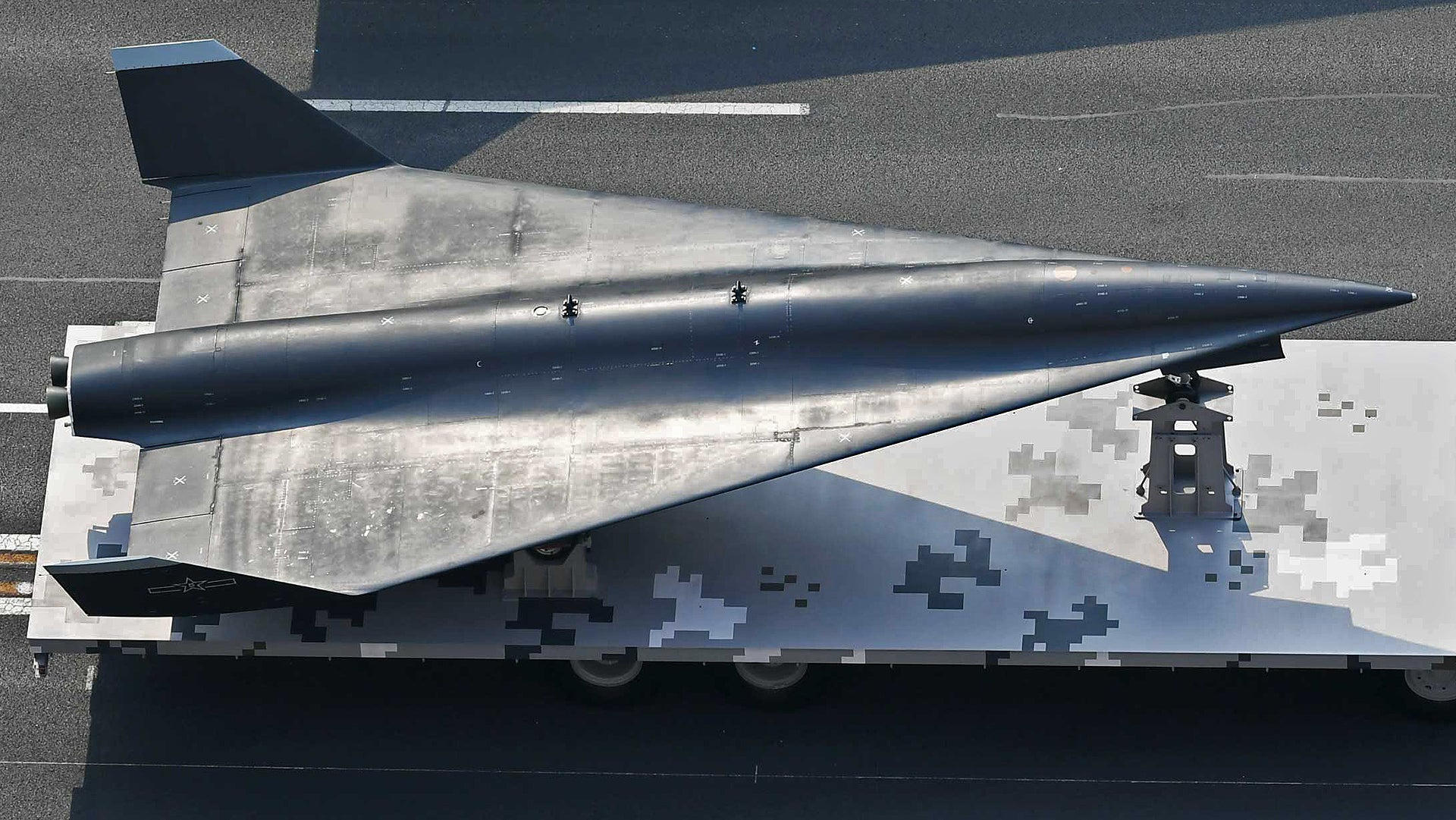China’s big 70th-anniversary parade marking the founding of the PRC has come and gone. There were a number of revelations, some of which we are still analyzing, but the biggest ones were in the unmanned space. In the days leading up to the parade, we had covered both of the most impressive unmanned vehicles that were to be displayed. It’s time to follow up with our analysis now that we have seen them in far greater detail. We posted our analysis on the GJ-11 Sharp Sword UCAV earlier today, now here are my takeaways from the official unveiling of the WZ-8—also referred to as the DR-8—high-speed reconnaissance drone.
Before we get started, it’s important to note that the two WZ-8s put on display for the parade appear to be real aircraft, not mockups. It is unclear how representative they are of the current maturity of the program, but they are indeed real aircraft. Considering that the WZ-8 has been around for some time, these could be early demonstrators or an early production configuration, we just don’t know.
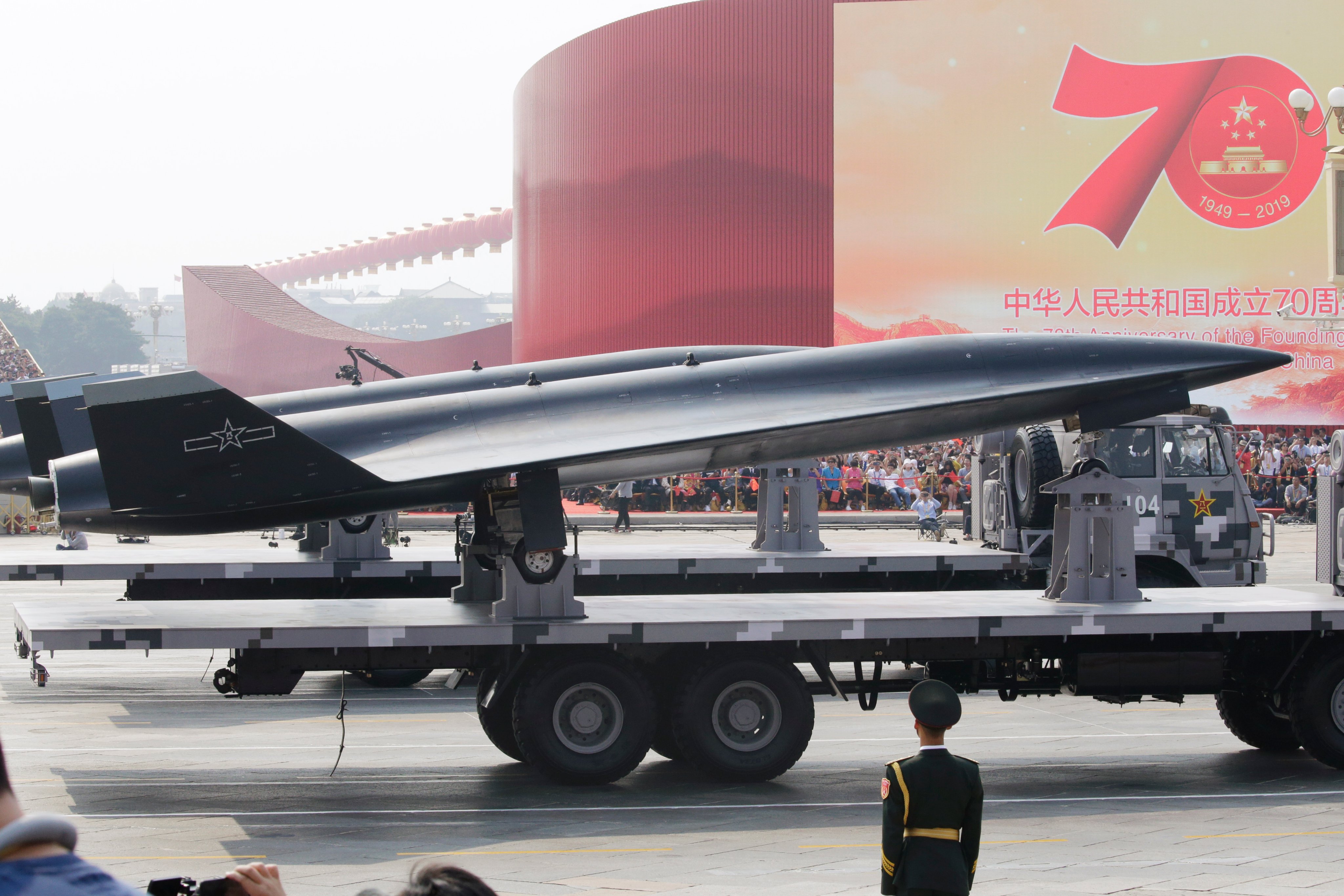
My writeup from a week ago regarding this shadowy aircraft was largely spot on. The WZ-8 is an air-launched, high-speed, high-altitude, unmanned reconnaissance aircraft that is recoverable via a runway. It also looks a lot like some of the high-speed shapes China had been testing via high-altitude balloon drops in recent years. What’s new is that we now know its propulsion method—rocket engines. In other words, it isn’t an air breather.
This isn’t surprising considering China’s struggles with advanced jet engine propulsion technology or how they would employ this aircraft operationally. Developing an engine that can operate at high supersonic speeds is a significant technological undertaking. Using rockets allows for a far more straightforward and available powerplant solution—one that can push the WZ-8 to extreme speeds, but also one that could limit its flexibility and range.
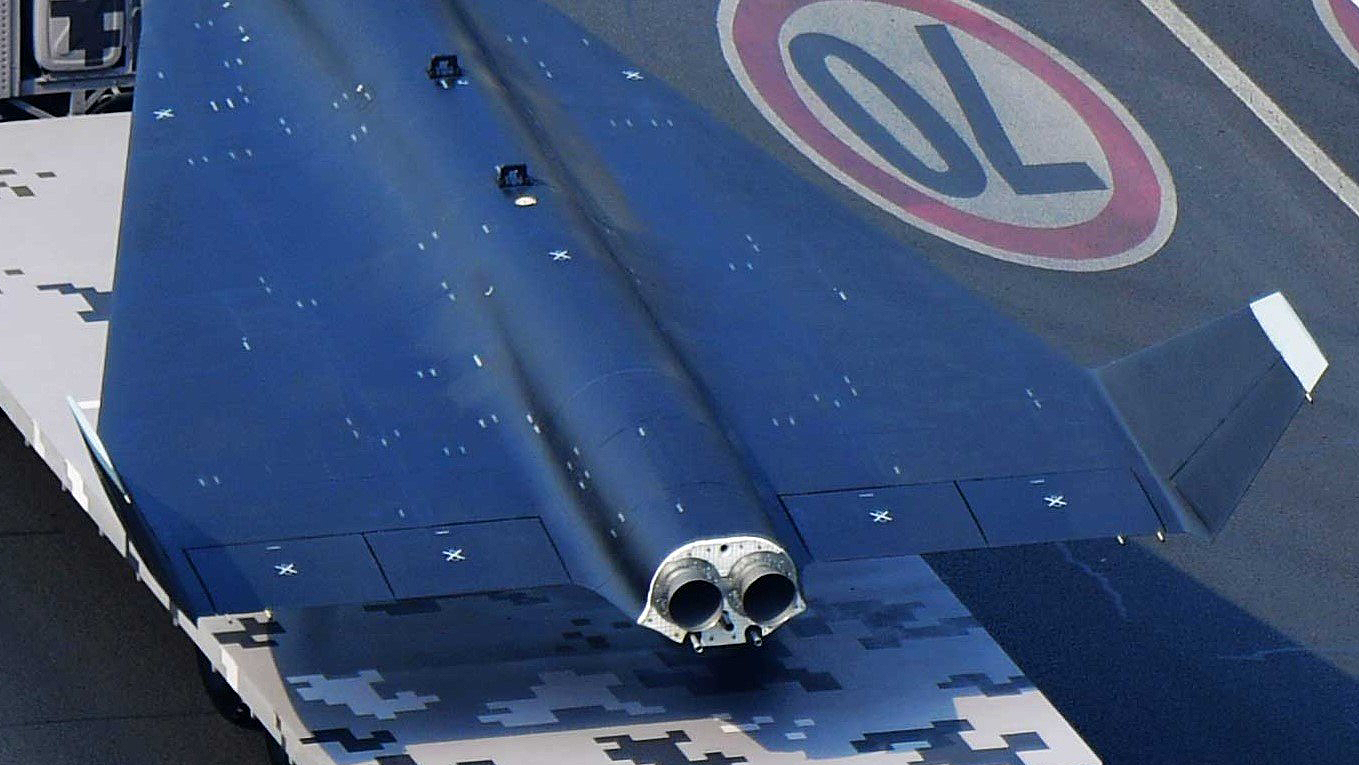
A pair of small open-cycle, liquid-fueled, rocket engines can be seen configured in a side-by-side arrangement on the aircraft displayed. It is unclear if these engines would be reusable or if they are just single-use. We also don’t know their exact fuel type, but being rocket-powered, this craft could have the potential to climb to extreme altitudes, potentially nearing the edge of space. It could then use the speed and altitude it has acquired to continue on a quasi-ballistic trajectory before turning toward its recovery location once in thicker air and eventually gliding in for a landing. So we are not talking about something that is necessarily limited to SR-71/A-12/D-21 altitudes or kinetic performance here.
A big question is how could it control itself above altitudes where traditional flight control surfaces are no longer useful? Without a reaction control system of thrusters, which it does not have, it would probably be limited to flight below roughly 140,000 feet. With thrust vectoring, this may be able to be increased for a short period of time, but based on what I can see in the images, its engines do not appear to have such a capability.
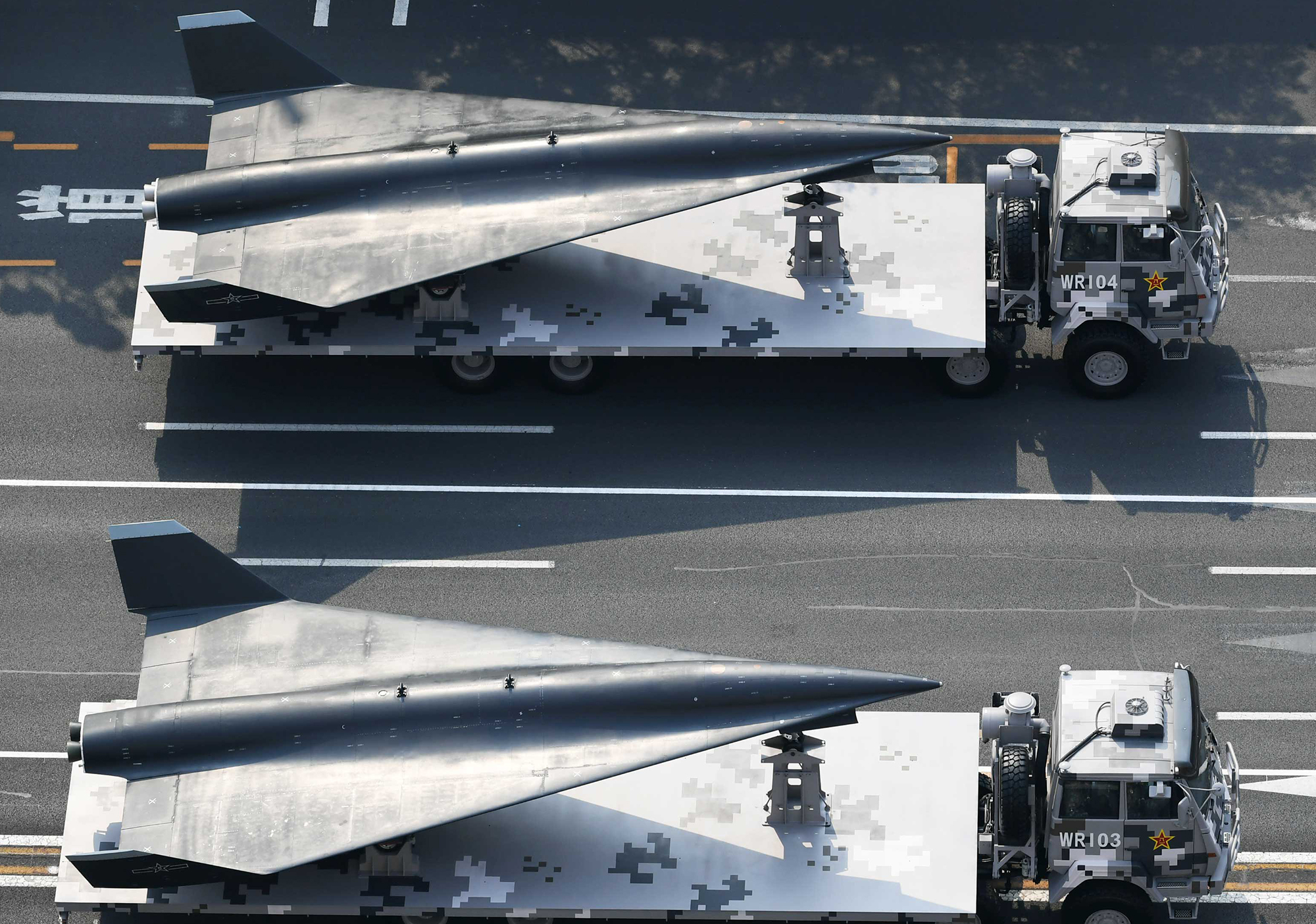
With all this in mind, I believe this aircraft was built to fly primarily at the very upper reaches of where traditional control surfaces are effective, and maybe slightly beyond on a ballistic arch, for a brief period of time. This is still quite high— even at 135,000 feet, Mach 3.42 is 2,500 mph.
When it comes to how fast this craft can go, it remains unclear. But high supersonic range would be my guess—somewhere between Mach 3.5 and Mach 4.5. Mach 4.5 at 135,000 feet is 3,285 mph. That isn’t quite hypersonic, but it is amazingly fast.
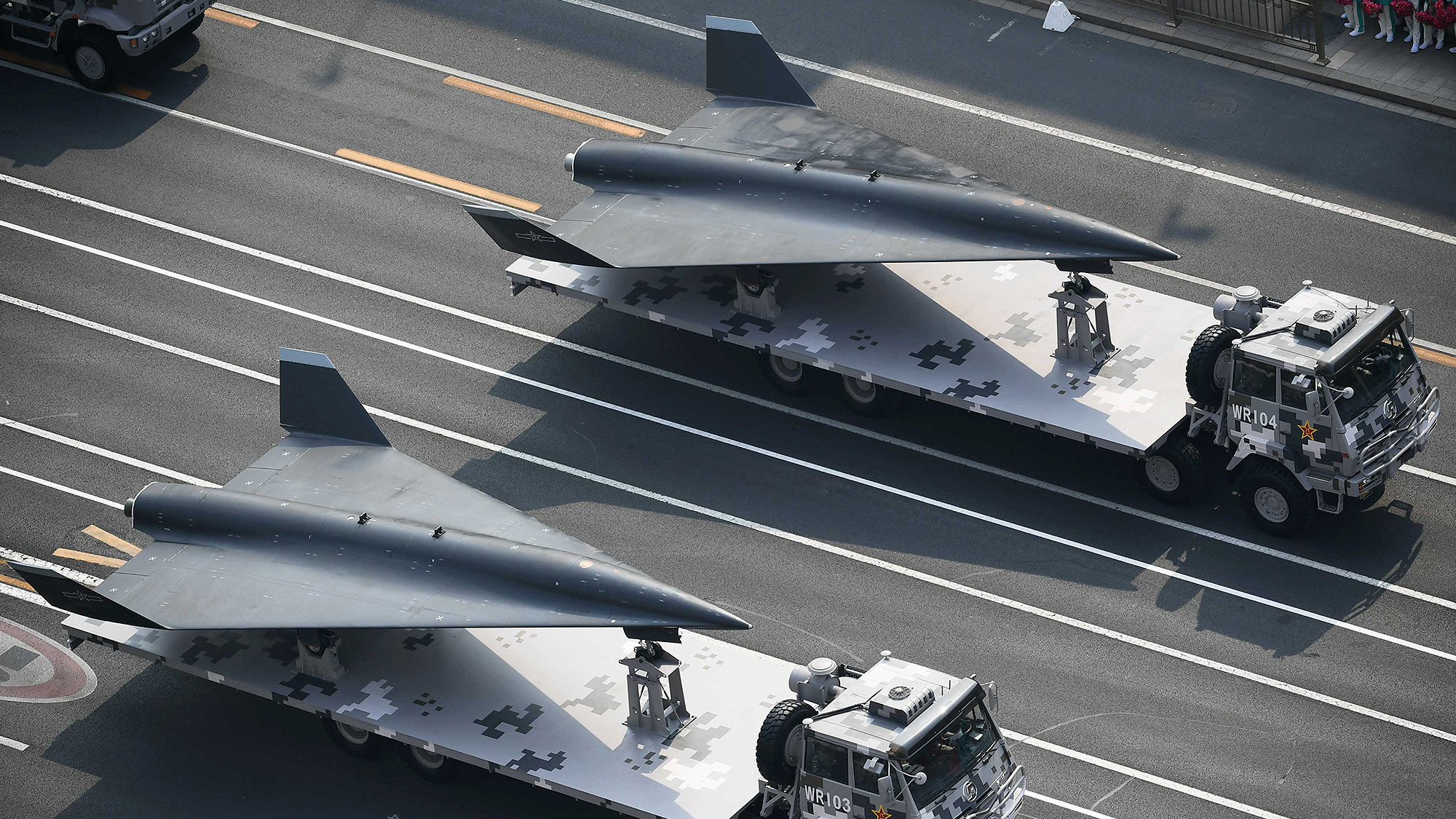
Even a 20-minute cruise at those speeds would allow such a craft to cover 1,100 miles. It is very likely air-launched from a specially outfitted H-6N bomber, so this wouldn’t include transit time to the launch area or its flight home, which would be a gliding descent to landing. I think it would be safe to say that this craft could have a range of 1,500 miles in total.
That range and altitude would allow it to cover huge swathes of the South China Sea. In fact, it could launch from near Hainan Island and recover at one of China’s South China Sea island outposts and return on another mission. Its H-6 carriers can also range far out to sea, launching the drone in a very remote location and allowing it sweep massive areas of the Pacific for American carrier strike groups or make high-speed runs over the territory of potential foes. Swatting down a small target arriving unannounced at Mach 4.5 and 135,000 feet is no easy task, to say the least.
If this craft can function well above the height at which standard control surfaces become ineffective, up to the edge of space, then it is likely hypersonic in nature. But at this time, we have no clear evidence that supports this possibility, although it is worth keeping it in mind as we learn more about this system in the coming years.
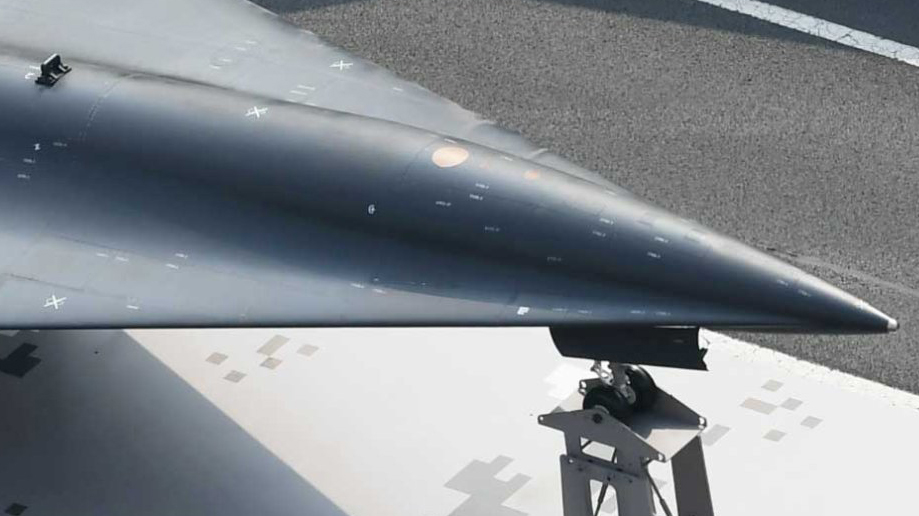
It isn’t clear what the aperture atop the nose is for. It could be for basic satellite communications for semi-autonomous control or even just periodic updates, but it could also be a celestial navigation system that would come in very handy considering its flight profile, mission set, and especially for operations in combat environments where satellite support is unassured. Such a system was used on the SR-71 Blackbird and the D-21 drone that landed in China’s own territory decades ago. You can read more about the Blackbird’s celestial navigations system, as well as others, some of which are still in use by America’s strategic forces, in this past feature of ours.
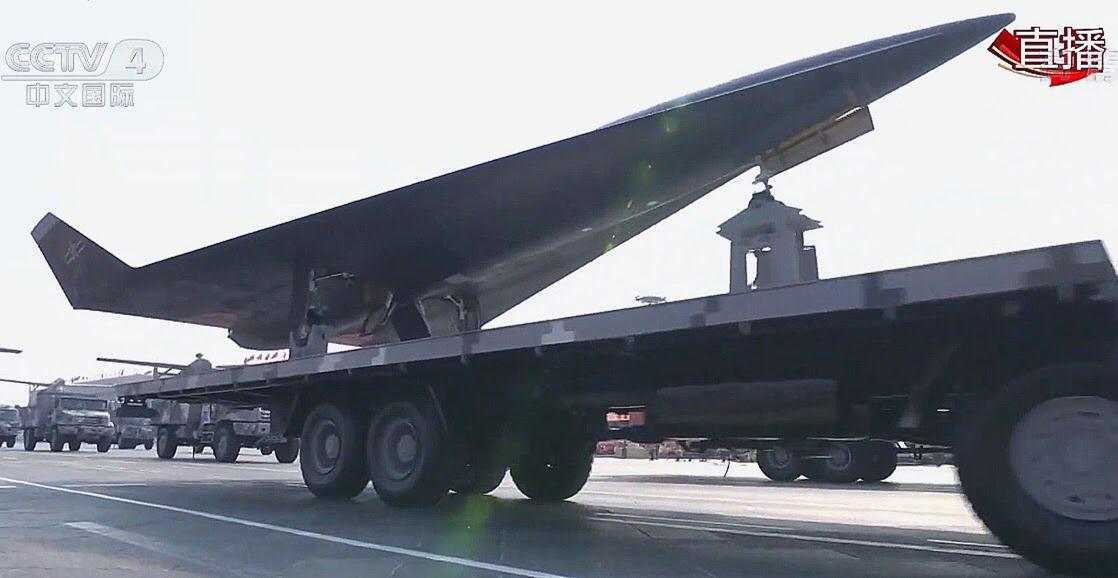
So, what we are really talking about here is an asset that can be put into action with little notice and provide very prompt intelligence over critical areas, including those that are located substantial distances from the Chinese mainland. Above all else, it is just about as close to a perfect application as China is going to get for prosecuting a war in which its intelligence satellites may be blinded, jammed, disabled, or destroyed—an all too possible reality.
It also gives the PLA the ability to gather intelligence in a survivable and rapid manner without the enemy knowing eyes are going to be overhead—a major limitation of traditional spy satellites. Such an intelligence-gathering capability has many applications, not just locating carrier strike groups. Just the function of providing damage assessments after ballistic and cruise missile strikes on strategic locations throughout the region would be incredibly important as the information it collects could save valuable missiles for other targets and allow PLA commanders to execute an accelerated anti-access campaign during a time of war.
Still, many other basic questions remain, such as how is skin-friction heat attenuated and what sensor packages can be integrated into its svelte, arrowhead-like design. But overall, that’s where I am at with the WZ-8—who knows if that will end up being its official designation—at this time. The aircraft fits perfectly with China’s overall regional objectives and military strategy and it makes you wonder just what else they have up their sleeve.
Please add your own thoughts and analysis in the comments section below.
Contact the author: Tyler@thedrive.com
